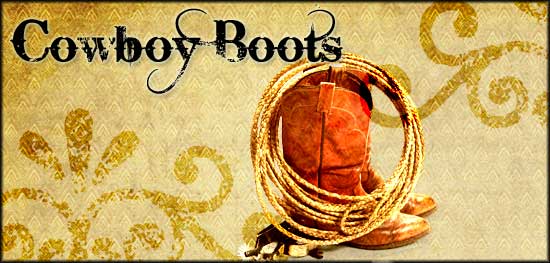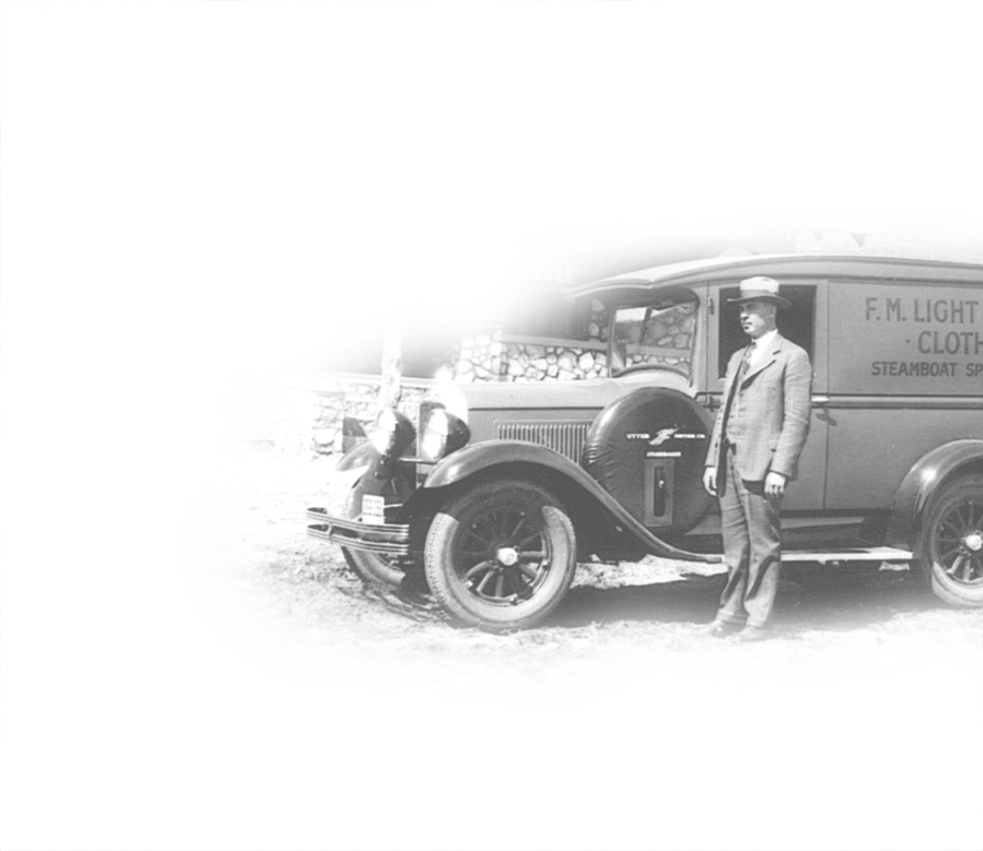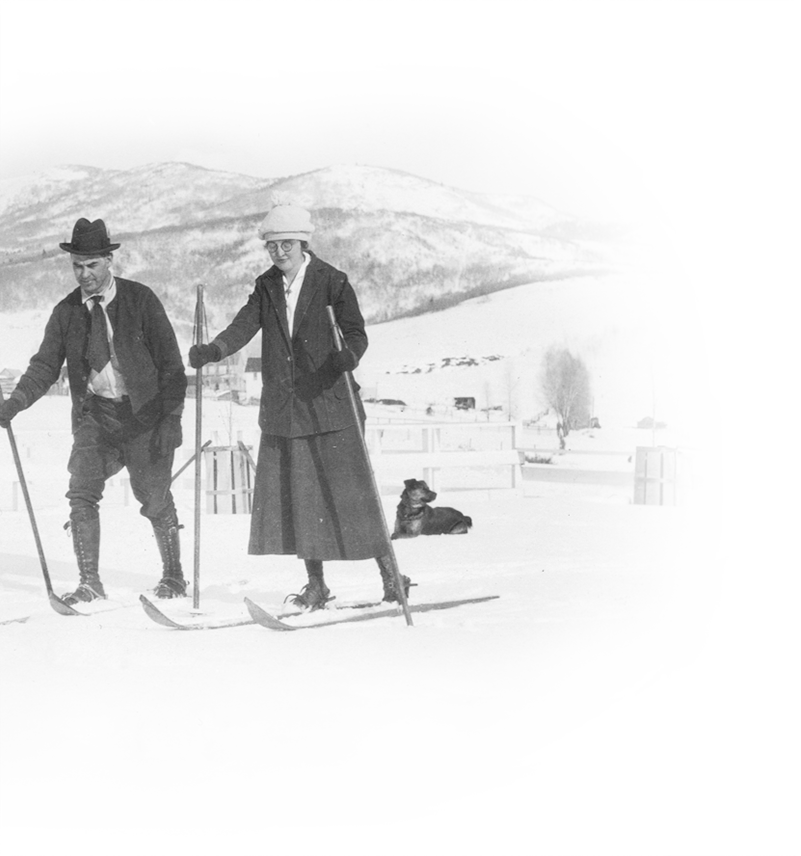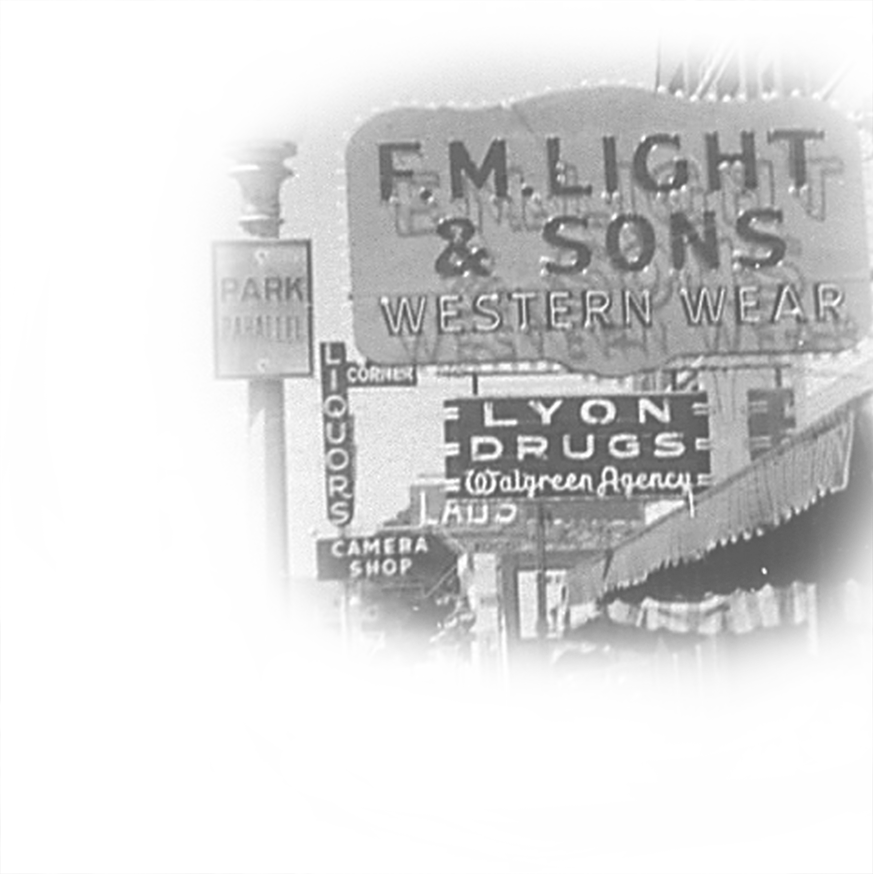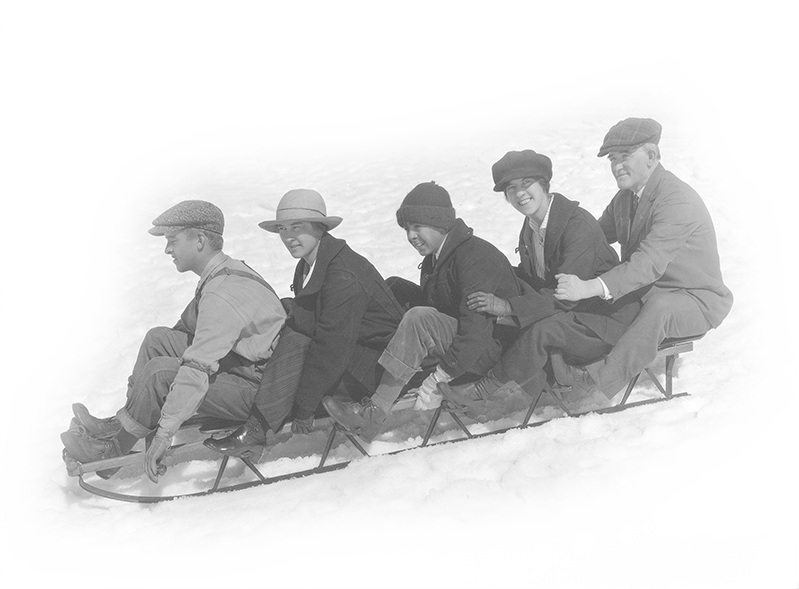Item 3: Cowboy Boots
Slouched, thick-leathered boots that are coated in dust as if they’ve seen more than a few miles signal that the wearer is a true cowboy.
While many of us wear our boots for fashion, cowboy boots were originally designed wholly for their function. The boots of today with the plethora of different leathers, stitching, decoration and Swarovski crystals are a far cry from the days of old when cowboys wore their boots because they had to.
We know the boots were worn because of their function. But why did this leather riding boot come to be known as the cowboy boot?
Legend has it that the original cowboy boot was worn by Genghis Khan. Even this great emperor had a stylish flair; he was known for wearing distinctive red boots with a wooden heel. High topped boots with low heels were perfect for riding, and the boots caught on. The first Duke of Wellington (Arthur Wellesley, who famously defeated Napoleon at Waterloo in 1815), wore a characteristic boot as well; the footwear we know today as the Wellington. The Wellington had a simple construction that only used four pieces, and as such it became the model for army supply boots during the Civil War. The cowboy era was ushered in shortly after the Civil War, and thus the evolution of the cowboy boot as we know it began.
A Cowboy’s Boot
Cowboys wore Wellingtons and other variations because the “tall tops of the boots protected your legs; the underslung heels kept your feet in the stirrups.” Each feature of a boot has a purpose.
Long Shaft:
The tall leather shaft exists for a variety of reasons. First, consider the lack of laces – the length of the shaft aids in holding the boot in place, while still allowing the boot to come off fairly easily. If a rider falls from his horse and his shoe gets caught – the lack of laces will allow the boot to pull off simply from the rider’s body weight. The tall construction of the shaft also helps keep water out.
Tall Heel:
The heel of cowboy boots is very distinctive; after all, rarely do men wear heels. But in this instance it is required. Cowboys often ride young unpredictable horses, and the tall heel prevents the foot from sliding forward in the stirrup, providing a greater degree of control and stability.
Pointed Toe:
The shape of the toe is also important; it allows the rider to slip their foot easily into the stirrup.
The Roper:
This style of boot, with the short shaft, became necessary with the popularity of the modern rodeo. In the calf roping event, cowboys are required not only to ride and rope a calf, they must slide off their horse and run to tie it. Because of the need to run quickly, the shaft was shortened to make it more comfortable.
But, you might ask how the decorative and fashionable cowboy boots came about.
Humans love artistic, beautiful items. Many cowboys owned two pairs of boots – one for working, and one for town. Thus, more and more, the fashion boot became more common. Hollywood also helped this change come about.
Whether you’re a working cowboy, or someone who is entranced by the rugged individualism, cowboy boots are for you. There are so many sizes and shapes, anyone can find the perfect pair and feel just like the cowboys of old.
Back to Western Garb – A History
Quotes from Cowboy Boots: The Art and Sole, by Jennifer June.

